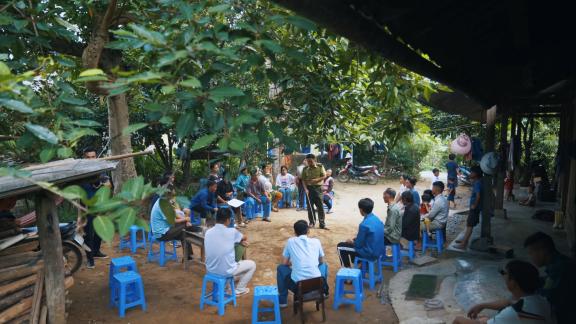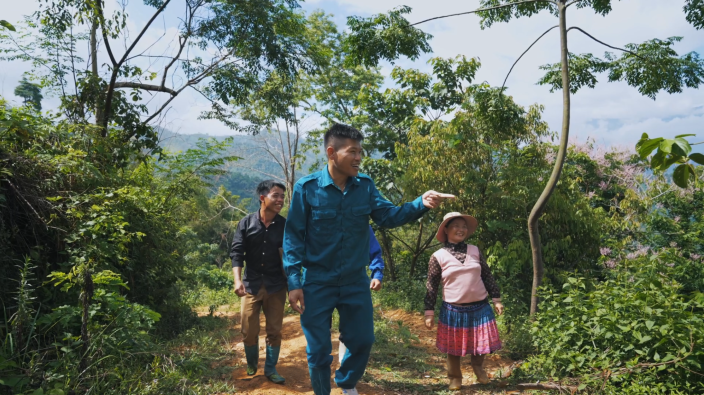The government's policy of transferring forest land to local management addresses the challenges of residential and productive land for ethnic minorities. This initiative promotes stable means of production, curbs shifting cultivation, free migration, prevents disputes, and mitigates environmental degradation. Despite this policy, a report from the Ministry of Natural Resources and Environment reveals that as of 2020, 85% of forest land area remains unallocated to localities.
During the workshop titled "Experience in implementing land and forest allocation for ethnic minorities from land funds handed over by state-owned forestry enterprises to localities," organized by the Vietnam National University of Forestry and co-sponsored by the project "Strengthening access of ethnic minorities in the use and management of land and forest," participating organizations (CISDOMA, CEGORN, CRD, and Oxfam) shared insights from implementing four pilot models of land allocation. These models involved assigning forests to communities in Kon Tum and Lao Cai.

A meeting at Hat Tinh village - Chieng Ken commune - Van Ban district - Lao Cai province to develop a plan to hand over forest land.
Between 2021 and 2023, the Project collaborated with local authorities and communities to pilot the "7-step procedure of land and forest allocation to the community." This manual outlines fundamental procedures for land allocation, synchronized with forest allocation from areas transferred from State-Owned Agricultural Enterprises (SFAEs) to community management in Kon Ray and Kon Plong districts in Kon Tum province, as well as Bao Yen and Van Ban districts in Lao Cai province. The initiative is part of the abovementioned project funded by the European Union. Over three years, the Project facilitated the handover of 1,407.42 hectares of forest land to 20 communities.
The effectiveness and practicality of the 7-step procedure were validated during the pilot period. The procedure underscores the significance of community involvement in developing forest protection regulations, conducting surveys and measurements, placing boundary markers, and coordinating between authorities and local management levels. It also emphasizes the necessity of consolidating the land and forest allocation processes for communities, households, and individuals into a single administrative procedure for simplification.
Read more about the article here.
